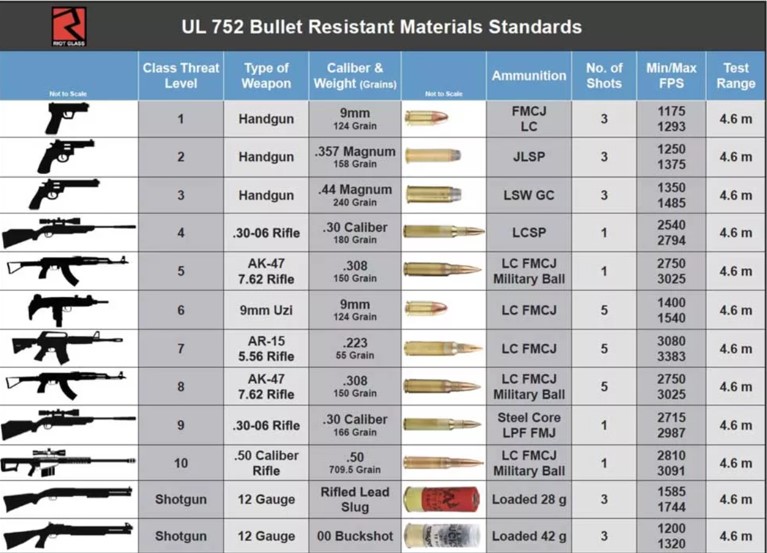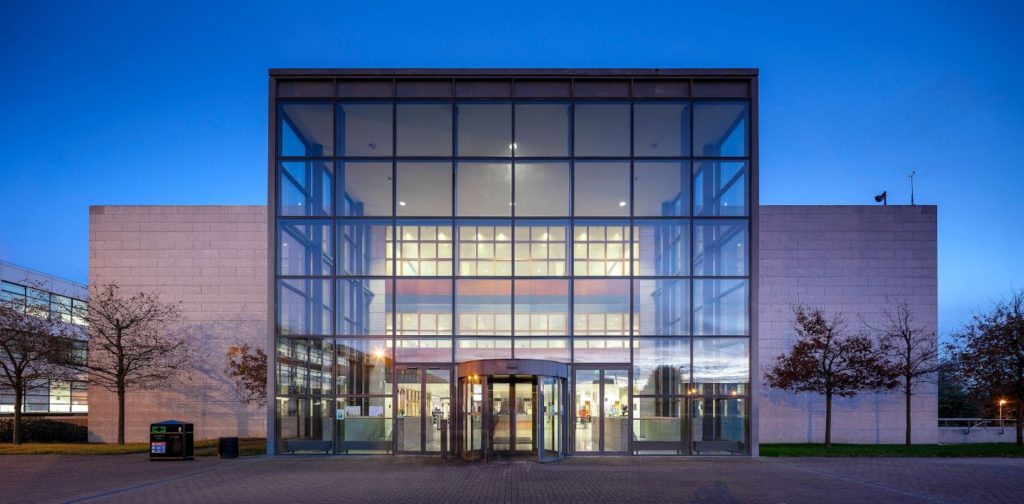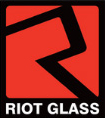Written By: Brad Campbell | July 12, 2023
Implementing specialized types of security glazing, including forced entry-resistant and bullet-resistant glass and non-glass glazing, is one of the top ways for commercial facilities to safeguard property and lives.
However, it is crucial to understand that there is no such thing as 100% bulletproof glass.
Even the strongest bullet-resistant glass has its limitations, and it’s important to know what these limitations are in order to understand exactly how bullet-resistant glazing enhances security and protects lives.
Bullet-resistant glass, also known as ballistic glass, is a type of impact-resistant glazing designed to withstand impacts from bullets, as well as other high-velocity projectiles, such as flying shrapnel, debris, or thrown objects.
Ballistic-grade security glazing is composed of multiple layers of strengthened glass and other glass-like glazing materials, such as polycarbonates, acrylics, and other plastics.
For example, laminated security glass is often interlaid with polycarbonate, resulting in a bullet-resistant material called glass-clad polycarbonate (GCP).
These layers work together to absorb and disperse the energy from ballistic impacts, reducing the force transmitted to the opposite side of the glass.
This specialized construction creates a formidable barrier that slows down and fragments bullets, offering protection to people and property behind it.
While bullet-resistant glass provides a significant level of protection against ballistic attacks, it’s important to understand that no glass is truly “bulletproof.”
The term "bulletproof" implies that the glass is completely resistant to penetration from ballistic rounds, when there are in fact limitations to its capabilities.
Any material’s ability to withstand ballistic impacts depends on several factors, including the caliber, velocity, and type of bullet, as well as the material's thickness and specific construction.
Even the most robust bullet-resistant glass can eventually be penetrated by repeated impacts from high-powered firearms or sustained attacks. The glass may crack or develop weak points, making it vulnerable to subsequent shots.
Additionally, bullet-resistant glass can be compromised if the surrounding frame or installation is not properly reinforced with security framing.
Any glazing marketed as “bulletproof glass” should have a UL 752 ballistic resistance rating, which tells the truth about just how bullet resistant the material is.
For example, a glazing sheet with a UL 752 Level 2 rating has been tested and certified to resist 3 shots from a .357 Magnum handgun using 158-grain, JLSP rounds of ammunition.

It is vital to remember that, while bullet-resistant security glass offers a significant level of ballistic protection, its primary purpose is still to prevent forced entry and provide access denial, preventing attackers from gaining entry to facilities where they can do more harm.
Despite its limitations, bullet-resistant security glass can play a pivotal role in enhancing security and protecting lives by providing access denial.
Access denial involves preventing attackers from gaining entry to secure areas within commercial facilities, particularly by breaching a vulnerable glass door or window to open a door from the inside or step right through.
By creating a formidable barrier over existing glass surfaces, bullet-resistant security glazing slows down attackers, giving occupants valuable time to run, hide, alert the authorities, and wait for the police to arrive and neutralize the threat.

The access denial offered by ballistic-grade glazing also acts as a powerful deterrent, forcing would-be intruders to rethink their plans and seek easier targets.
Besides providing a certain level of ballistic protection and creating access denial barriers to keep attackers out of facilities, ballistic glazing offers a range of other benefits.
For starters, unlike other types of ballistic barriers, bullet-resistant glazing does all this without reducing visibility, which allows security personnel to continue assessing potential threats and make informed response decisions.
Not only that, but this glazing doesn’t make commercial properties look fortified or detract from their curb appeal, which is important for various types of commercial buildings where you want to maintain an open, inviting environment.

Ballistic-grade glazing is particularly valuable in facilities where maintaining a balance between security and customer service is essential, such as banks, government buildings, schools, and high-end retail establishments.
Furthermore, bullet-resistant glass is not limited to exterior windows or doors. It can be incorporated into interior spaces to create secure zones within a building. This allows for additional protection for building occupants and critical assets.
While some types of commercial properties are more at risk of attacks involving firearms than others, the unfortunate reality is that an active threat scenario can unfold anywhere.
Because of this, we’re seeing more and more commercial property owners implementing our ballistic-grade Riot Glass® solutions to mitigate the risks of active threats and other security concerns.
Riot Glass® offers a range of retrofit security glazing solutions that employ specific formulations of polycarbonates, acrylics, other plastics, and security glass, which you won’t find anywhere else on the market.
While Riot Glass® is similar in appearance to other security glazing products out there, the unique compositions we use ensure that it outperforms and outlasts comparable forced entry- and bullet-resistant security glazing products.
By incorporating bullet-resistant Riot Glass® as part of a comprehensive commercial security system, commercial facilities can effectively protect the lives of their occupants, deter potential threats, and minimize the risks of glass-related injuries.
Not only that, but the high level of access denial provided by ballistic-grade security glazing translates into an extremely high level of forced entry protection, keeping the bad guys out to prevent burglary, smash-and-grab theft, and looting — 24/7.
Contact us today for a free consultation.

HOW CAN WE HELP YOU?
